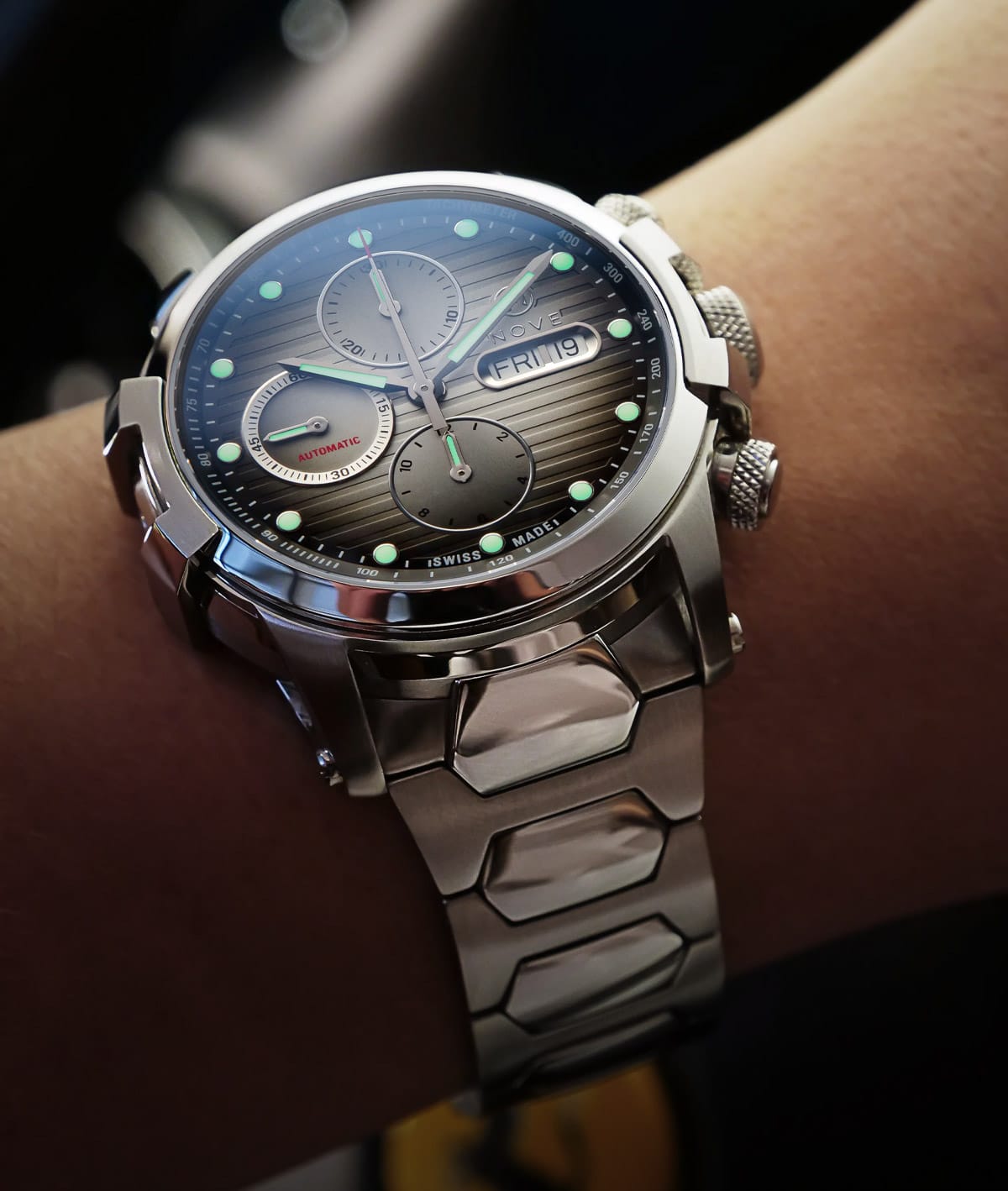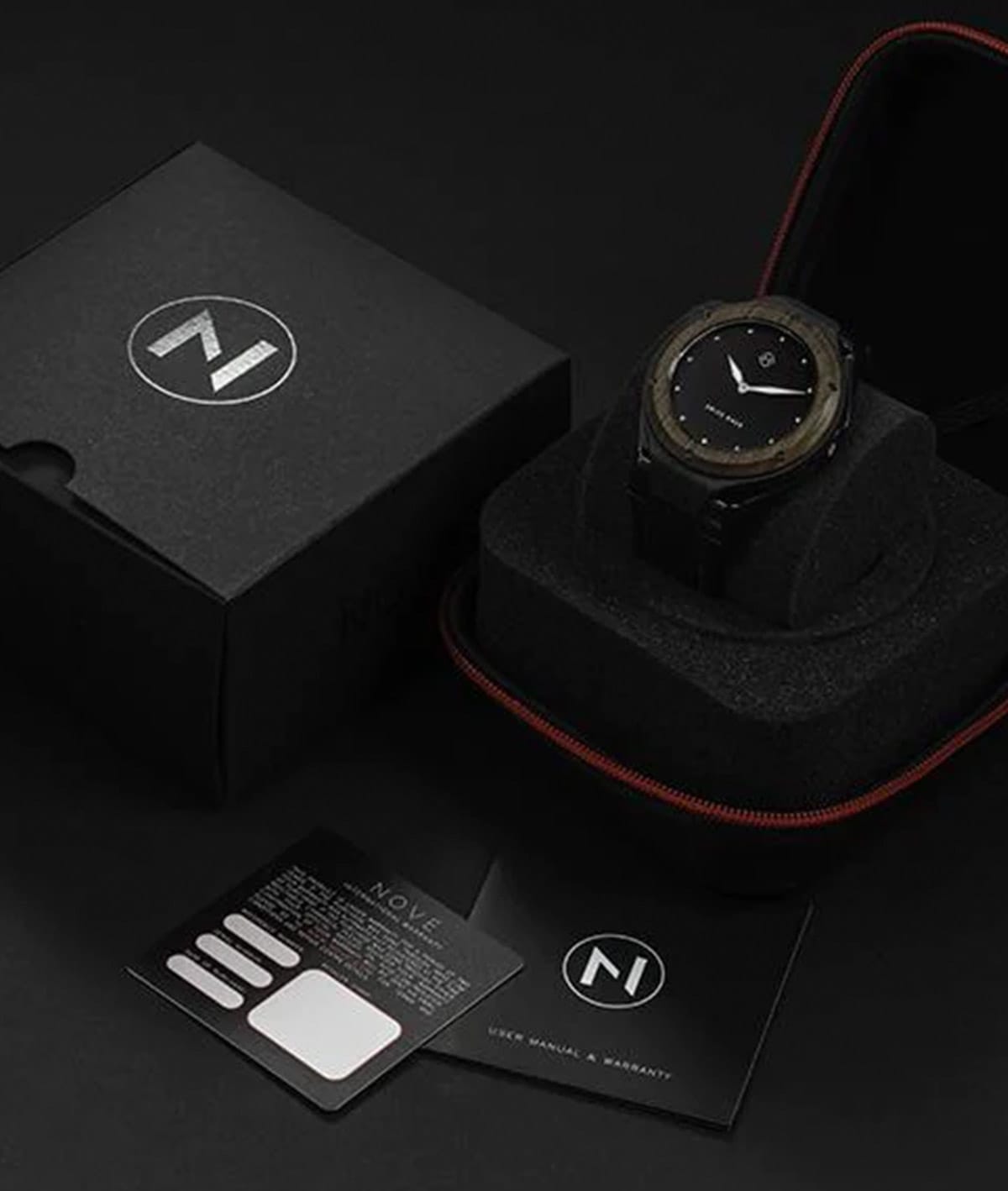BRIEF HISTORY

(Daily Herald Archive/SSPL/Getty Images)
PHOTOLUMINESCENCE
SUPER-LUMINOVA
BL - Blue Line
GL - Green Line
VL - Violet Line
WL - White Line
YL - Yellow Line
OL - Orange Line
PL - Pink Line
UL - Ultramarine Line
C3 - Yellow with the brightest glow
BG W9 - Light Bluish-white with about 95% glow of C3
C5 - Greenish-yellow with 89% brightness
C7 - Green with 84% brightness
C9 - Bluish-green with about 83% brightness
C1 - White with about 31% brightness of C3

Standard Grade
Grade A
Grade X1

TRITIUM
ELECTROLUMINESCENCE
WHAT ARE THE BENEFITS OF LUME







